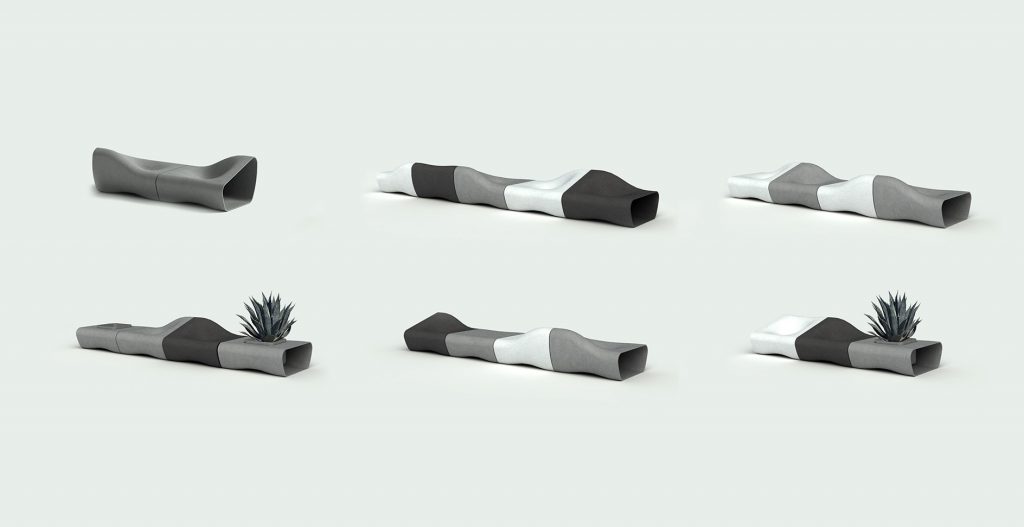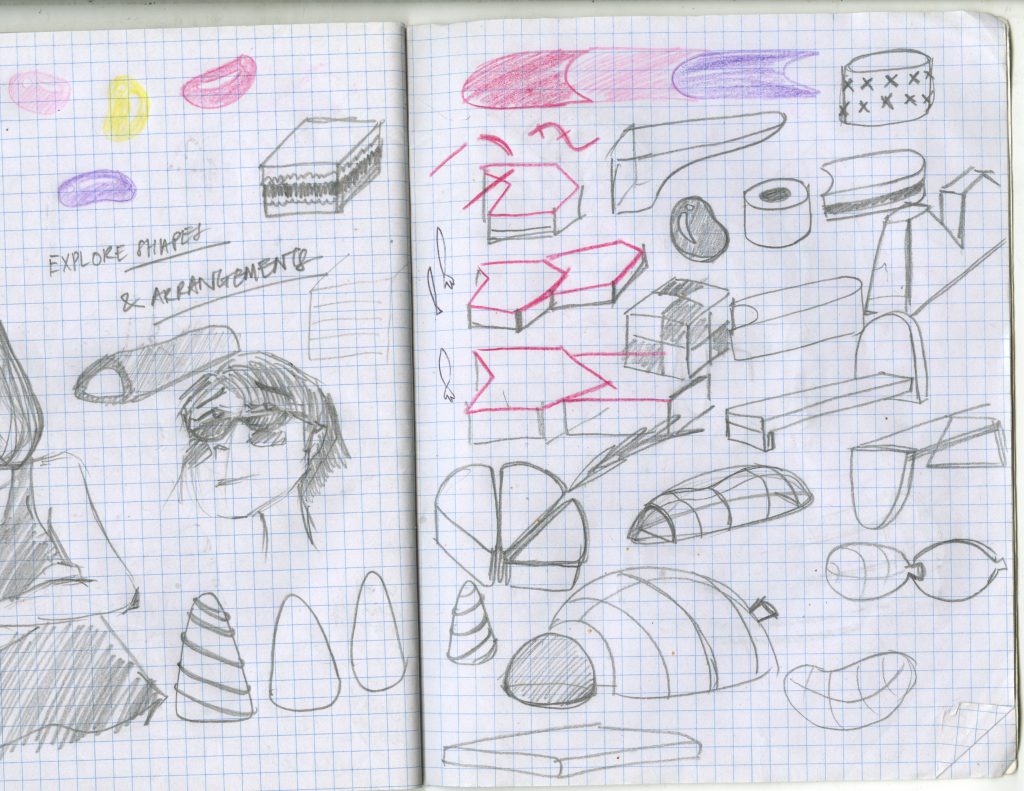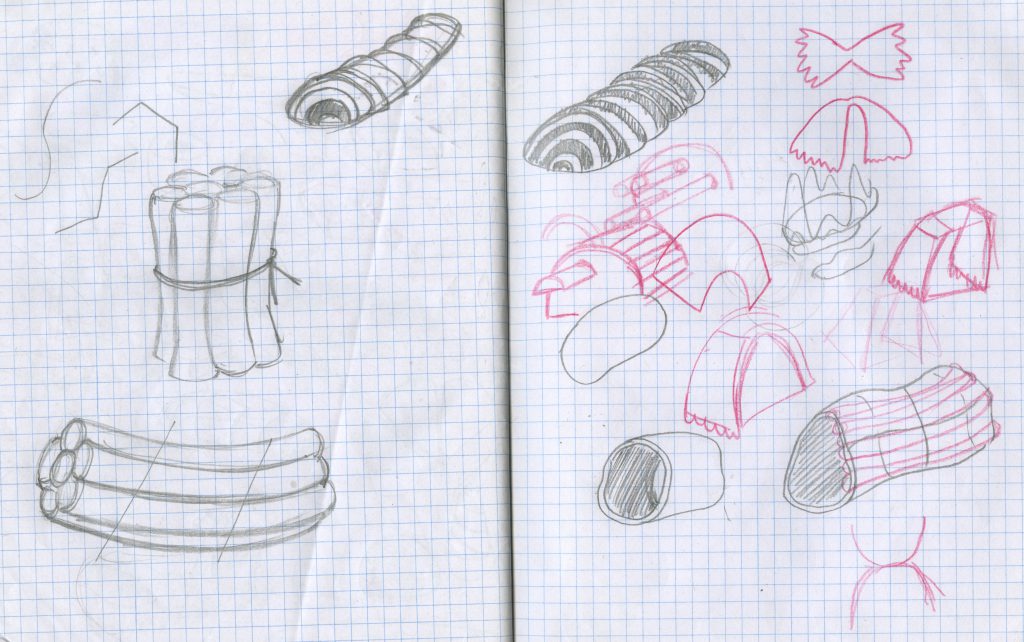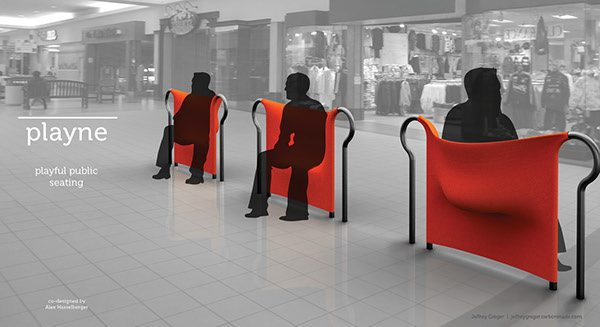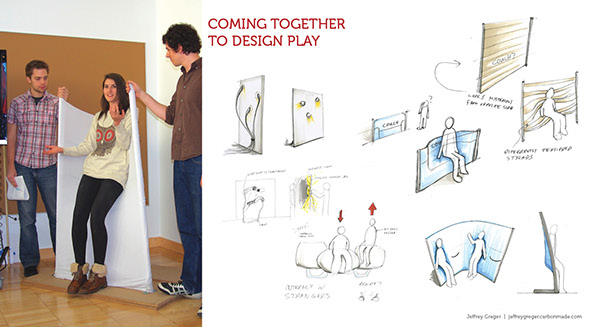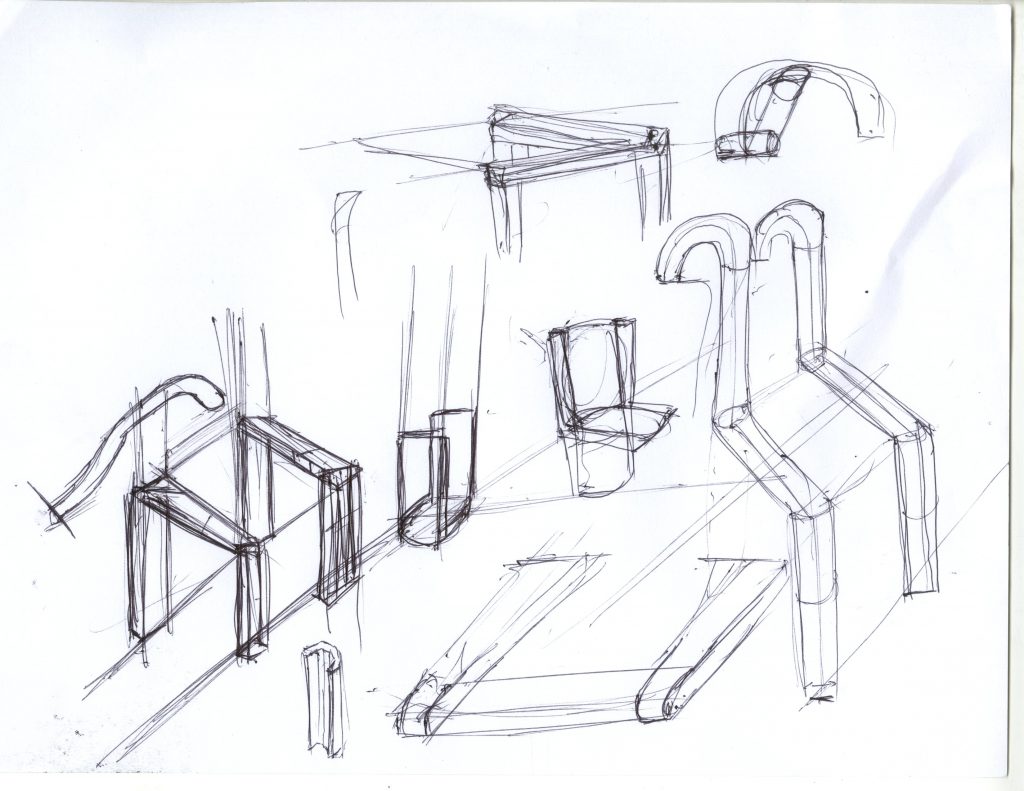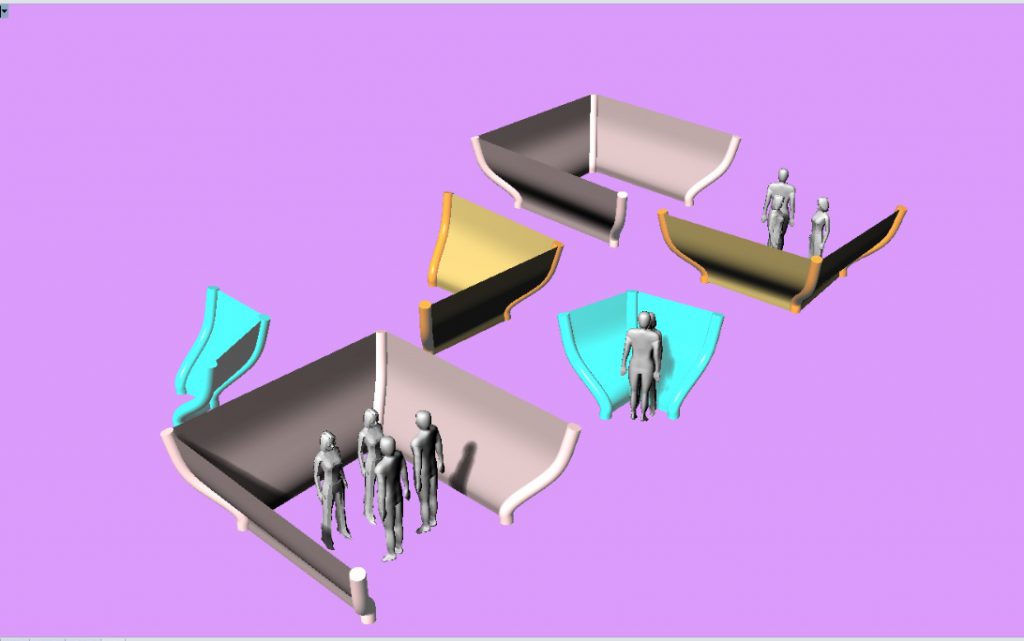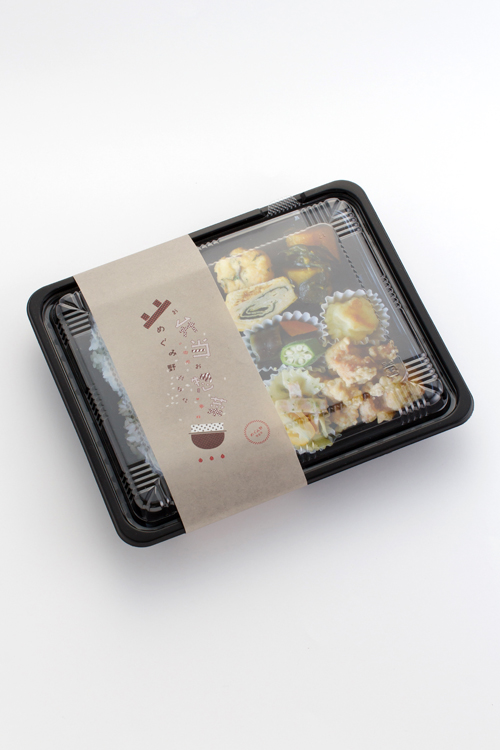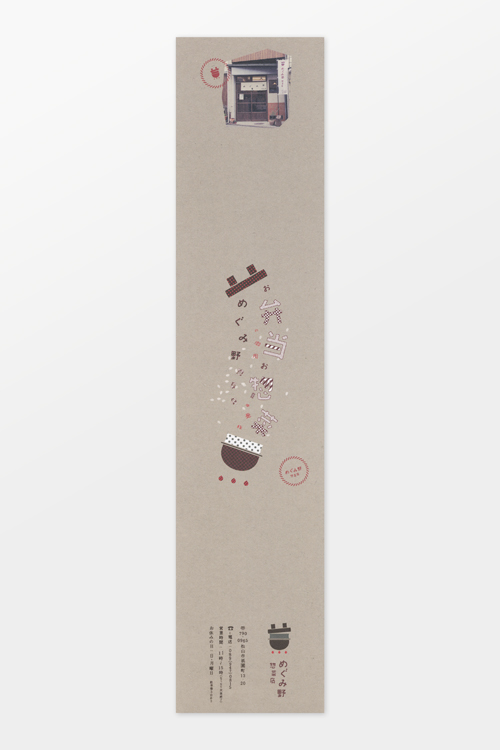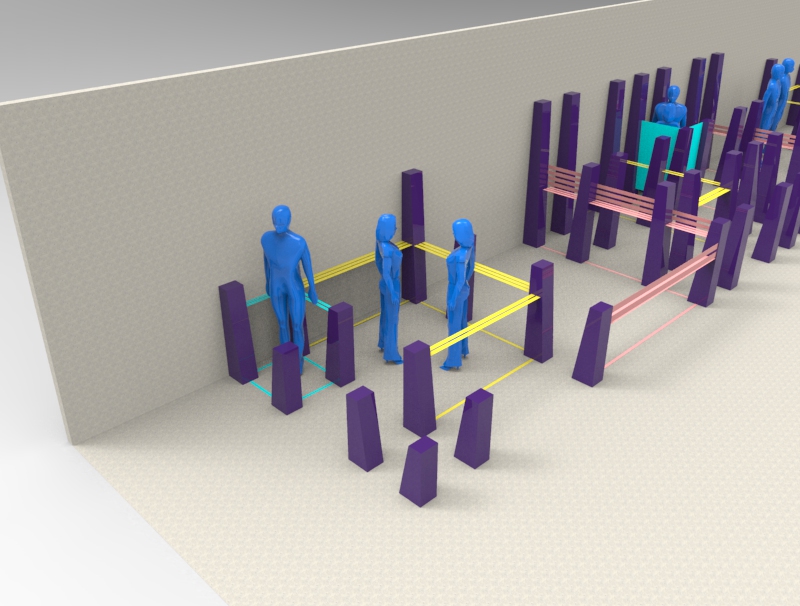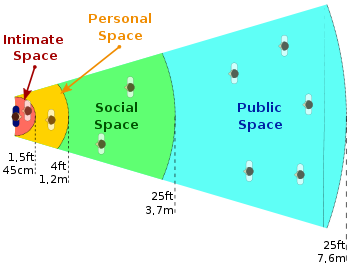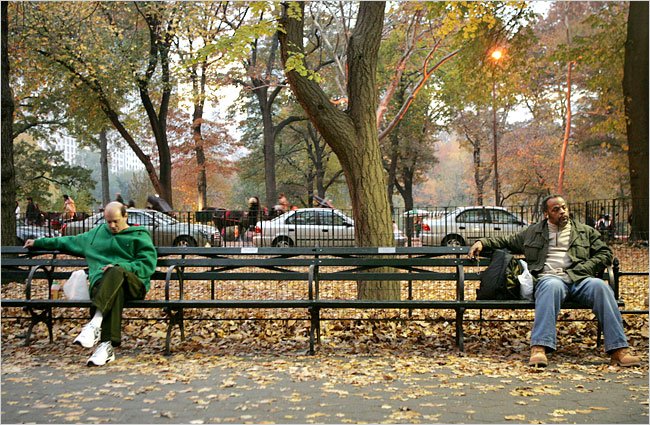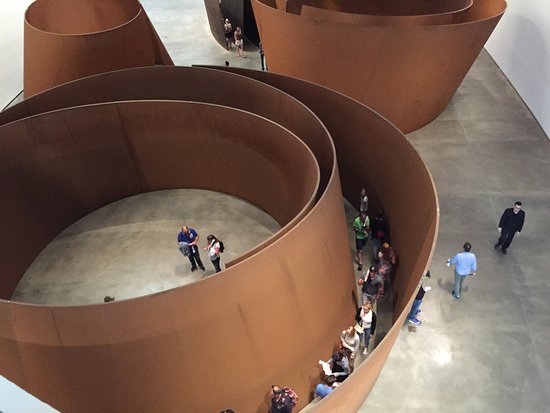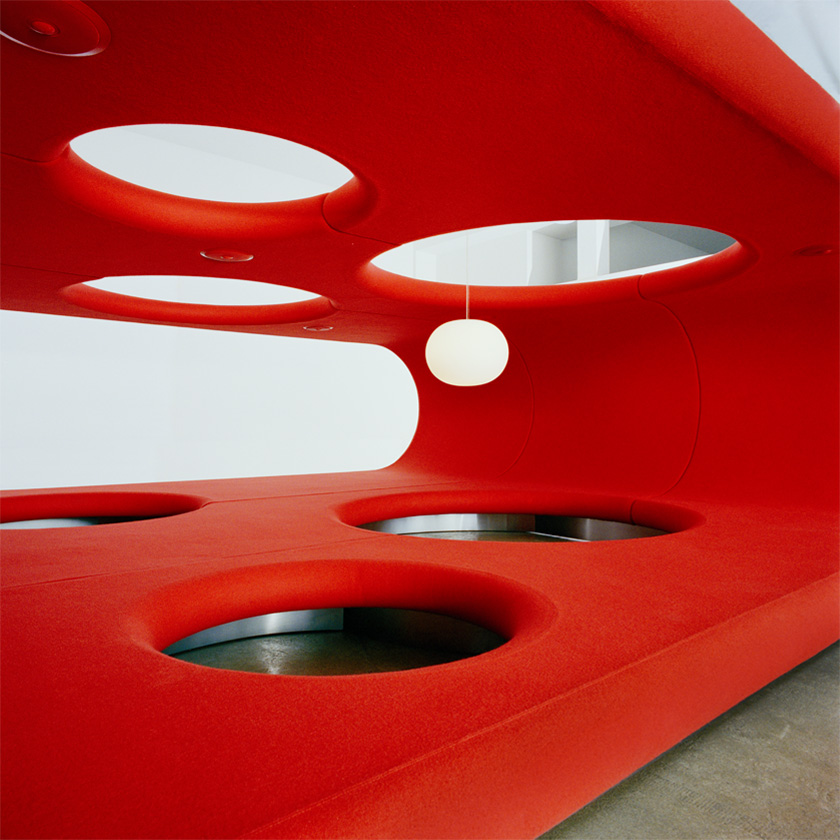Working thesis: Rethinking existing study spaces in South Spine, and how the re-division of that space could facilitate different activities better for various groups of people. (Eg: mugging alone vs group meetings alongside people having lunch and taking a nap.)
From last week:
Q1: How do you contextualize such structure?
Q2: What kind of qualities are you looking for in your place selection?
A: We are looking at shared spaces in school that are frequently congested which limits usership.
(Eg: study benches outside the lecture theaters in North Spine. )
Q3: what do you expect the people to behave? Sitting and relaxing like the “superfurniture” or forcing into a path like in Serra installation?
A: A “Superfurniture” with divisions that maximizes limited space ie: allow more people to use it, and at the same time ensure that these shared spaces would not result in an uncomfortable experience for everyone.
This week we are going to focus on testing the mechanics of our installation before the form.
Following the proxemics matrix:
Intimate Space: 45 cm
Private Space: 120cm
Social Space: 370cm
Public Space: 760 cm
If we let the Intimate Space =x, the approximate ratio of the distance between these spaces would be about
Intimate space=x
Private space=3x
Social Space= 9x
Public Space=18x
(This ratio is a radial comparison, because very rarely do people congregate linearly spontaneously. Linear congregations are usually intentional & directive (eg: queueing up for food, seating on a train))
How this could look like:
Test 1: Having modular, customizable “queue poles” as divisions
We tried modelling some prototypes of how we envisioned it to be. Poles that could be erected in spaces allowing users to customize the space for their own needs.
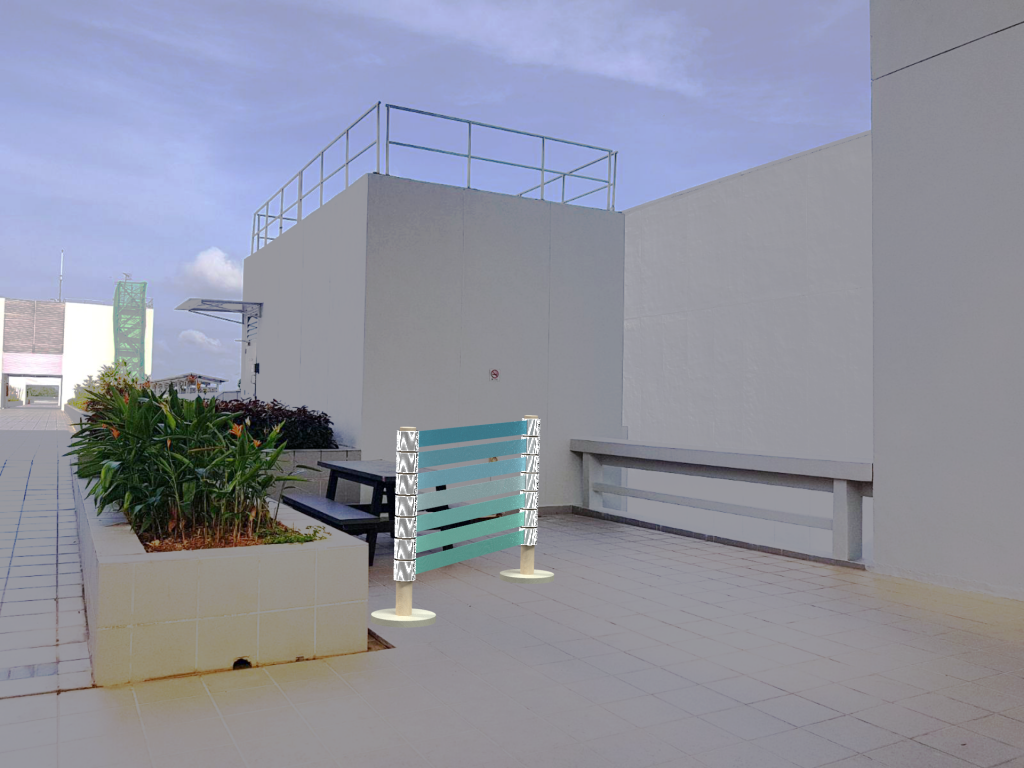
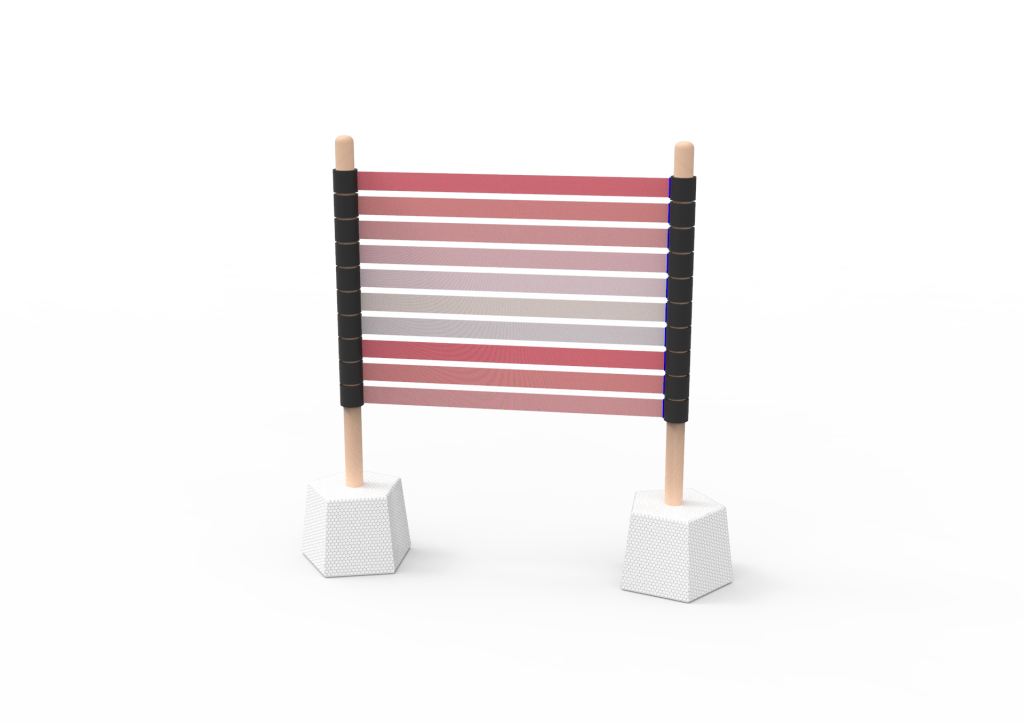
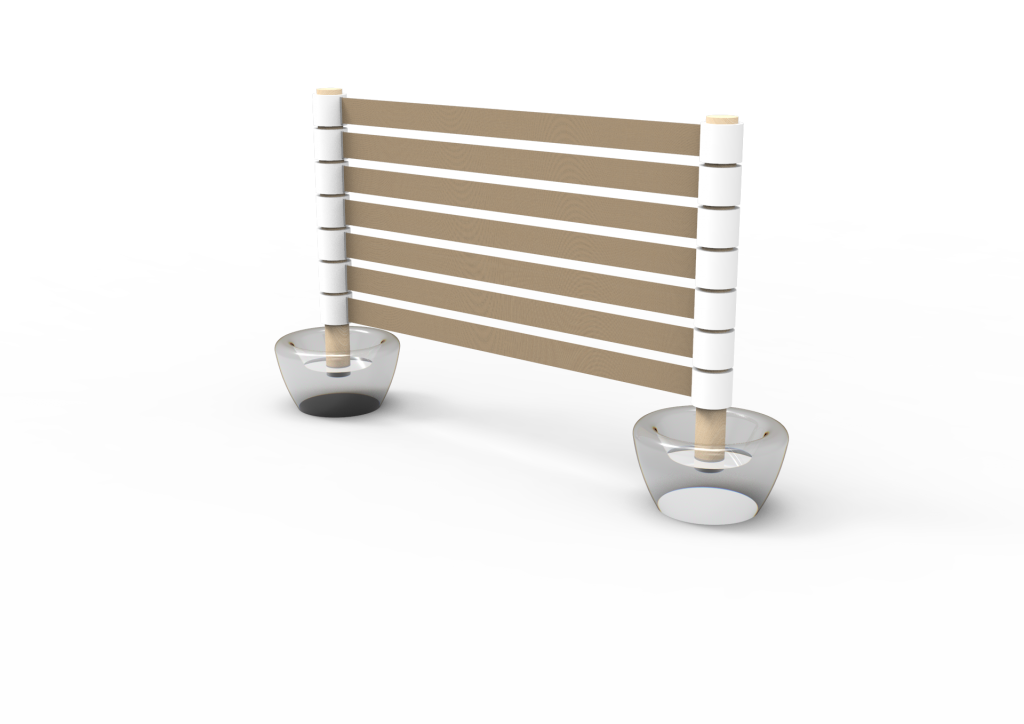
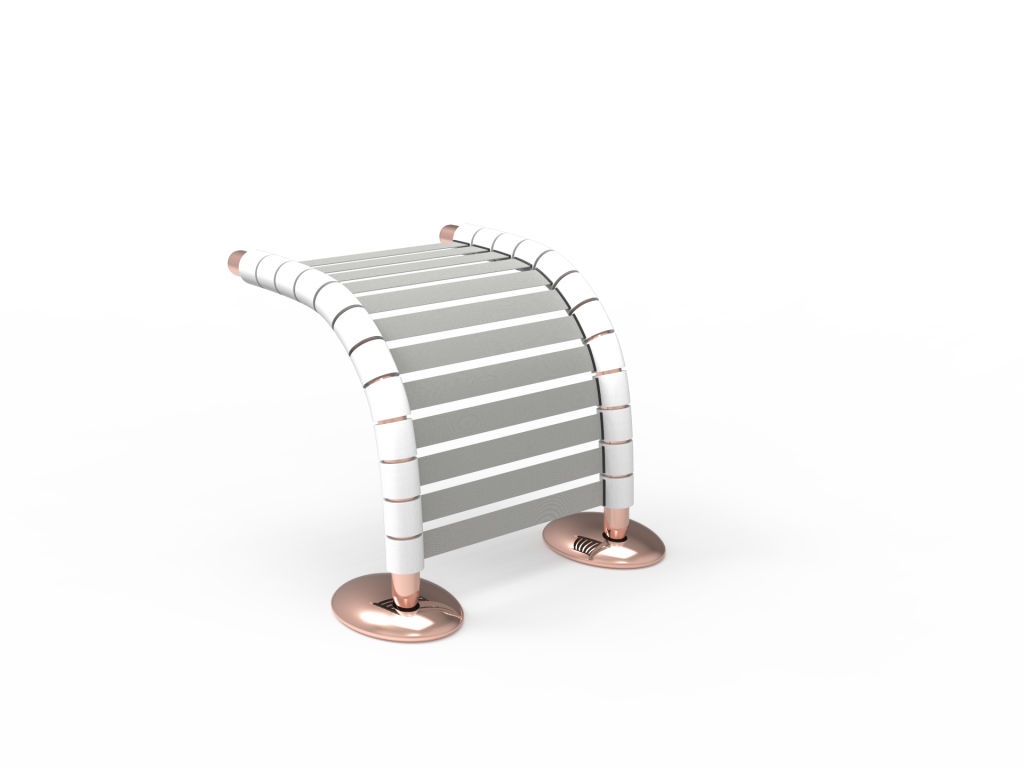
Observations: We felt that although it gave us the freedom to place it in any location, it looked rather awkward and counter intuitive. more like a foreign object than an installation.
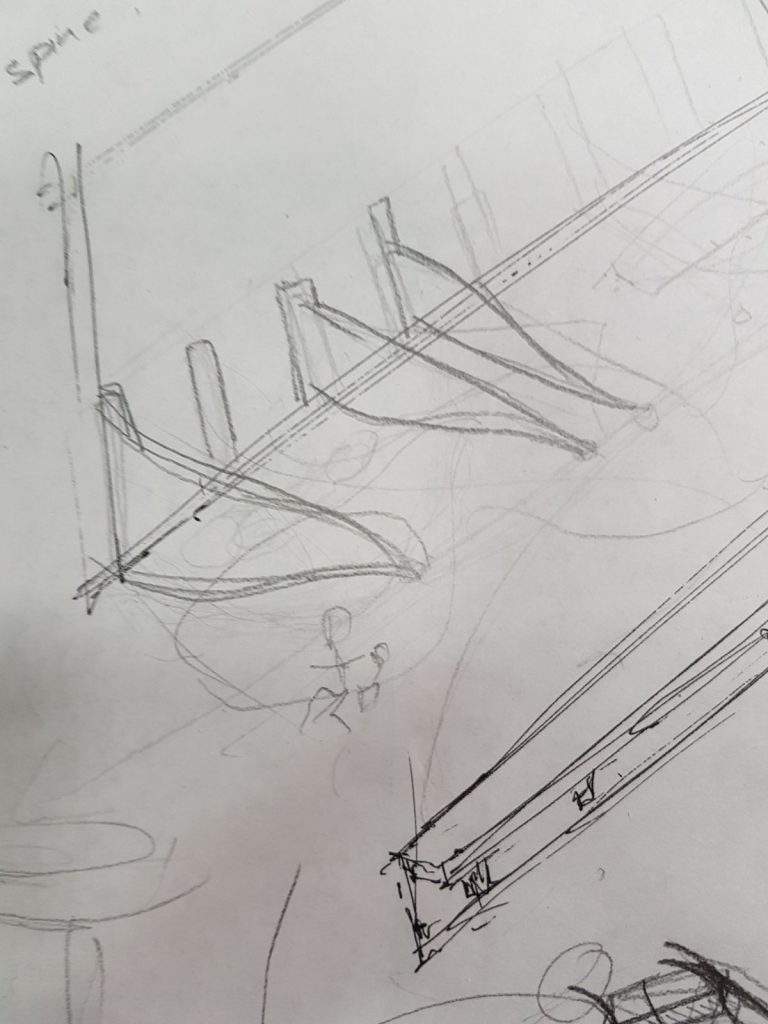
We tried imagining the same mechanism within a context and it felt rather unnatural and linear. Almost look like a human parking lot. Also we couldn’t imagine how the sharing of furniture could take place unless we redesigned all the furniture as well.
Briefly inspired by: 4Habitats @ Seoul, South Korea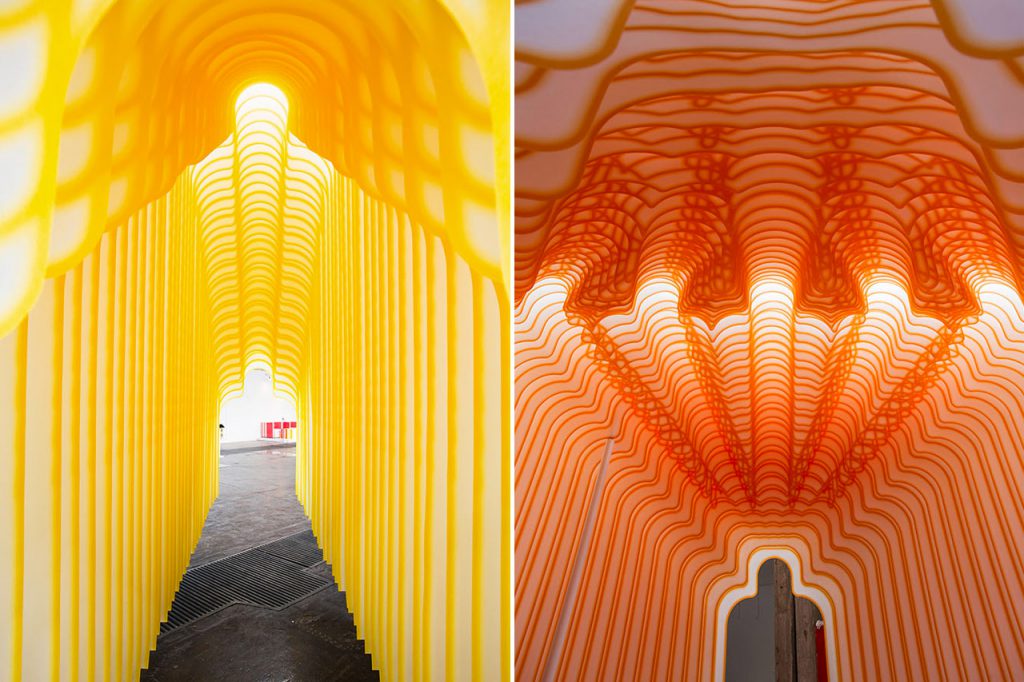
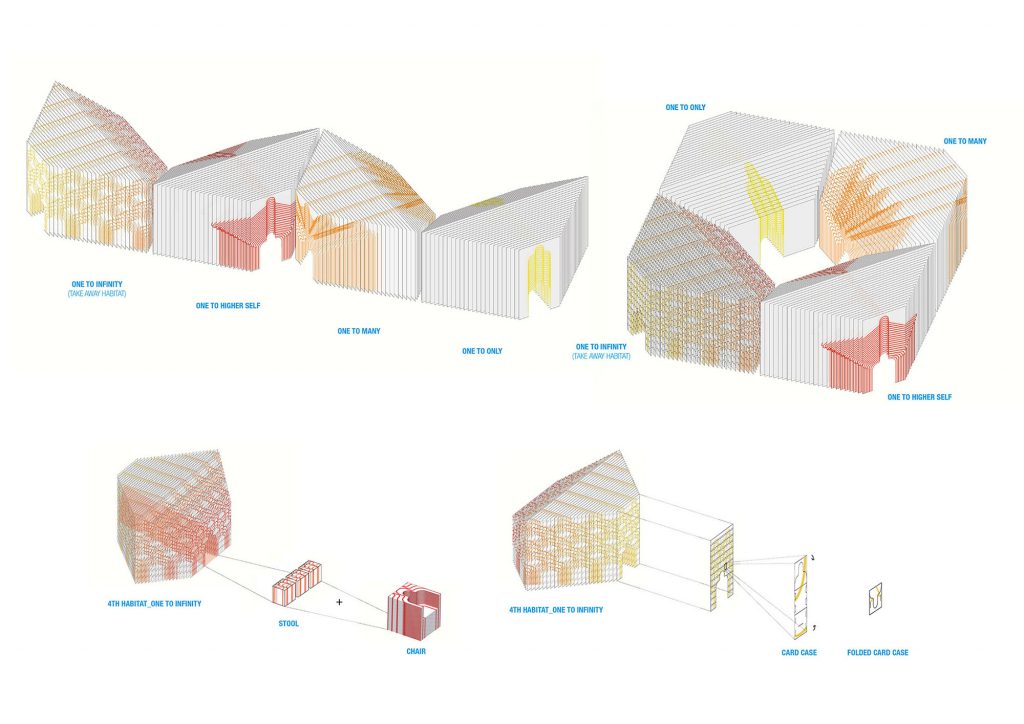
” After two years of research, we decided to tell one story at a time. Spunbond was our material of choice. Printed off the roll and hung, 160 layers of Spunbond create 4 ‘habitats’ of repeated human profiles that evolve and transform, one person at a time. Each explores the range of selves we inhabit as solitary and social beings. These habitats are transportable and reconfigurable, designed to adapt to its host venue”
Test 2: We tried thinking of doing a commentary on the proxemics matrix by testing the scale of the ratio to see how much space this would take.
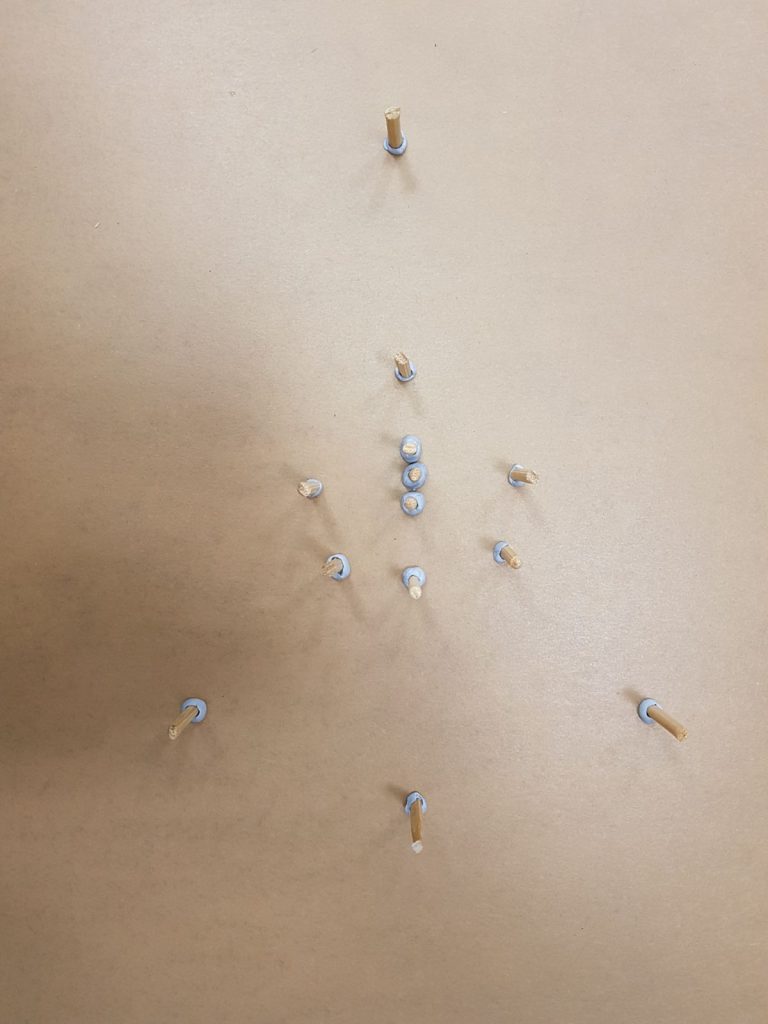
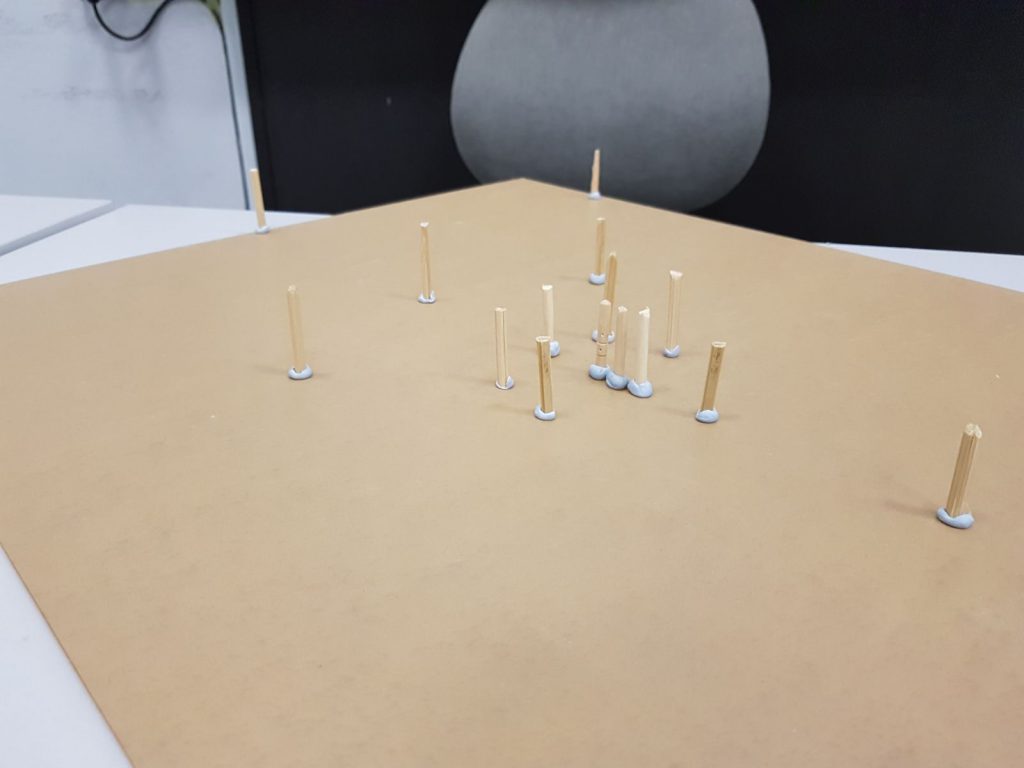
The placement of sticks represents the number of people within each category and how they affected each group.
Conclusion: Though it works in theory, the scale proved to be too big. For example, the Public Space would take up the size of 2 rooms and we couldn’t see how this could pan out in NTU. Also since proxemics is an observation of a (somewhat) unseen phenomenon, it has to be made very, very obvious for the audience to get it and the large scale might come in the way of communicating that.
3. Trying to make an interpret the idea of shared spaces in our version of a “Superfurniture”
(V rough test!!!)
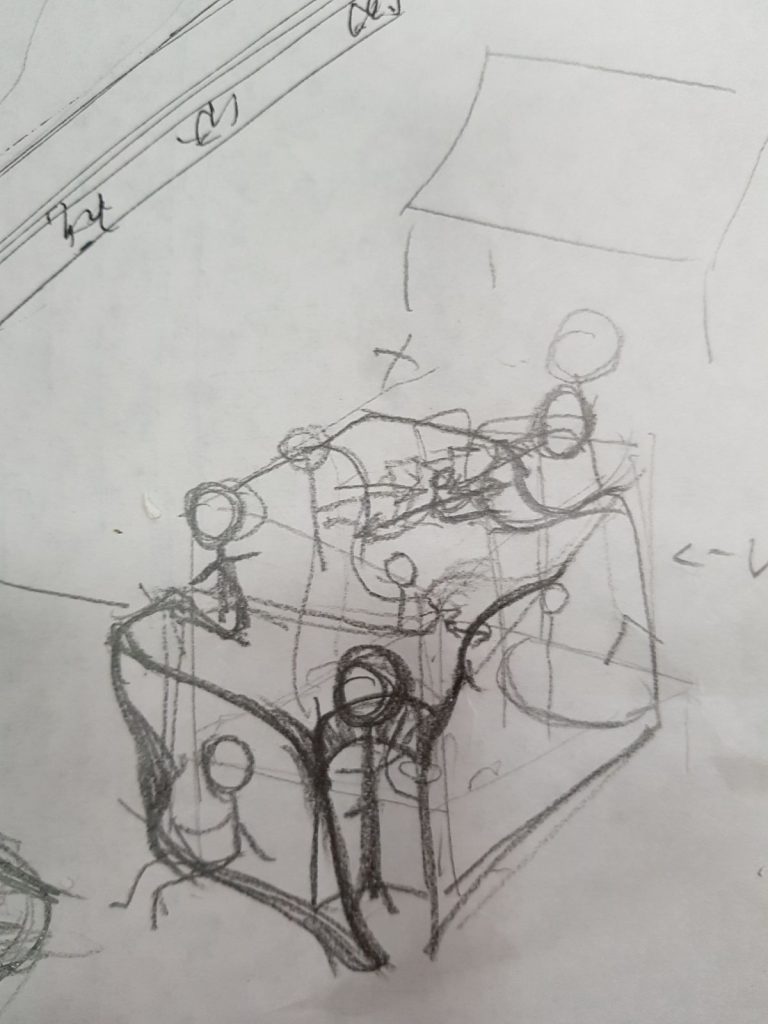
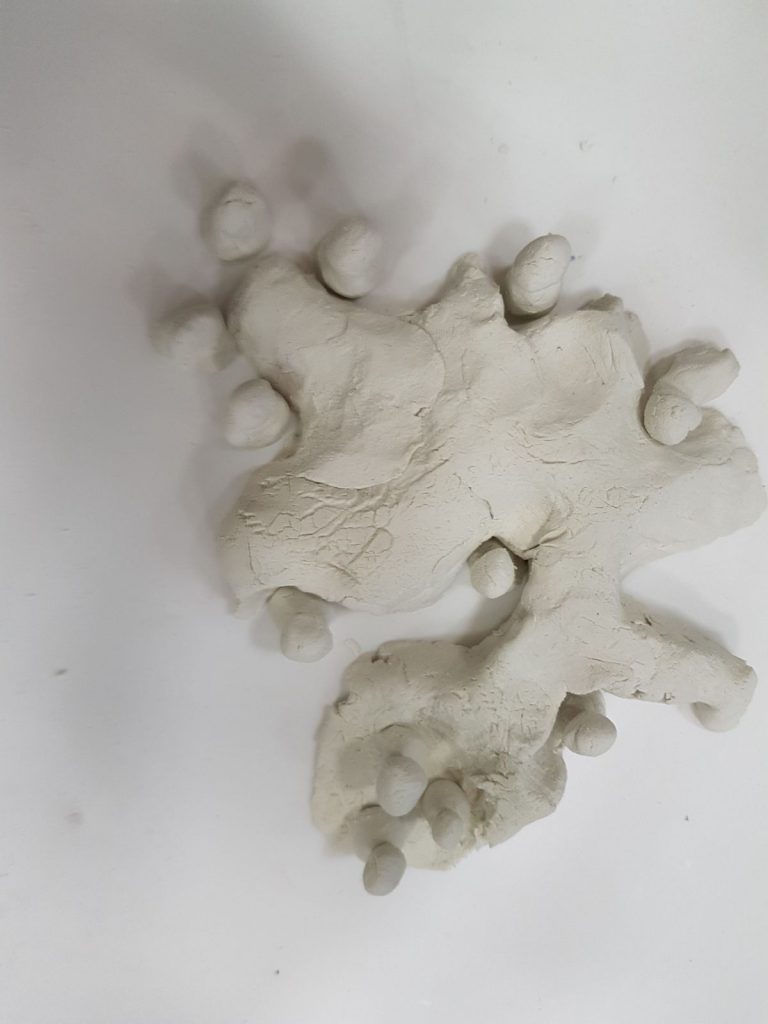
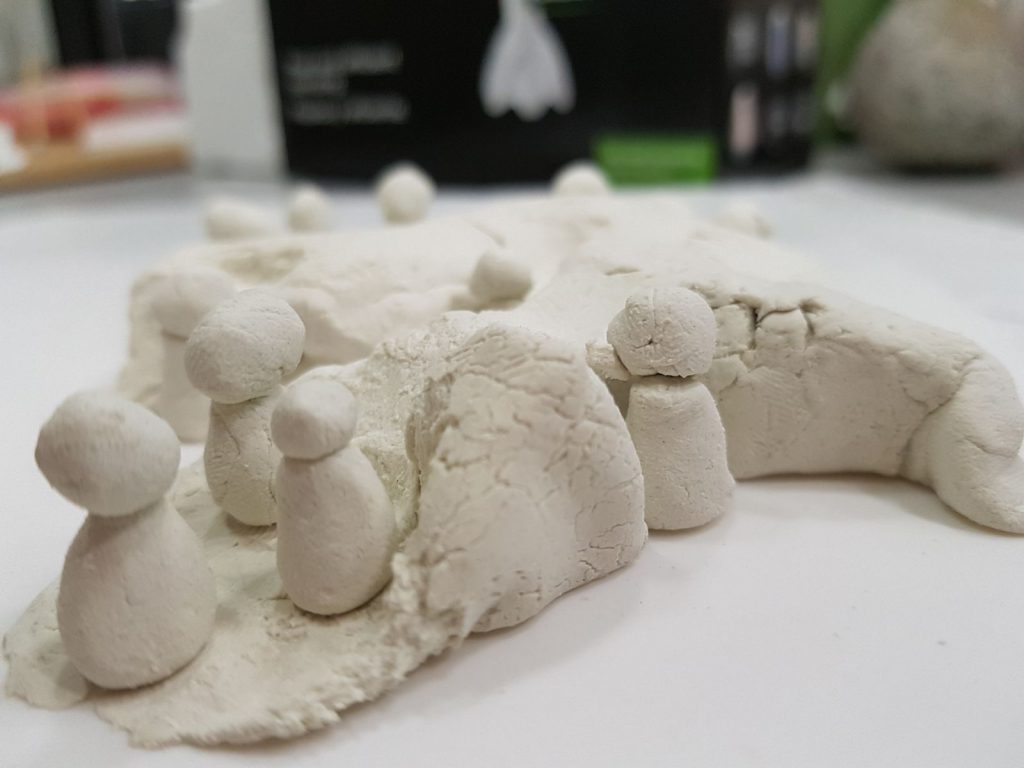
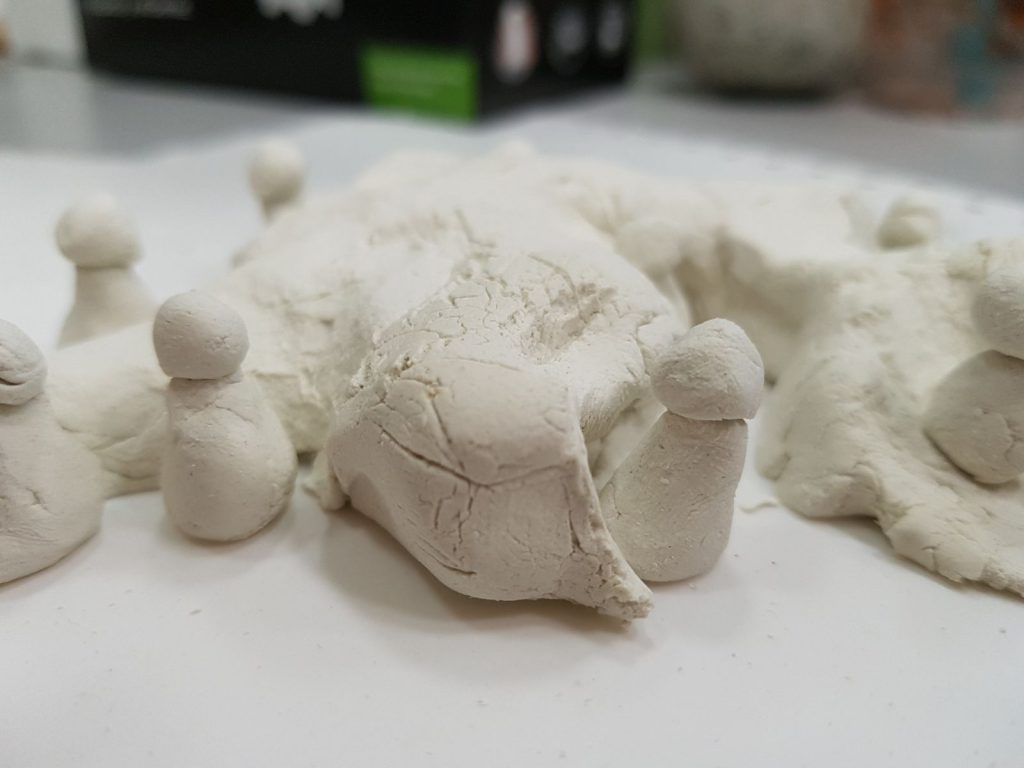
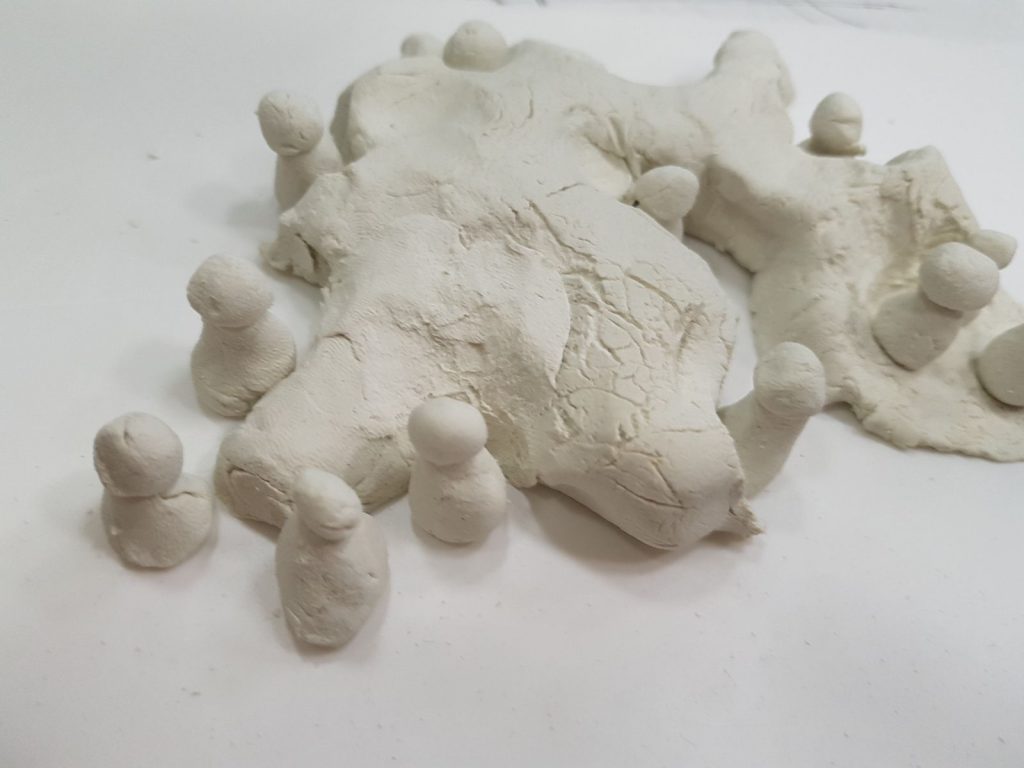
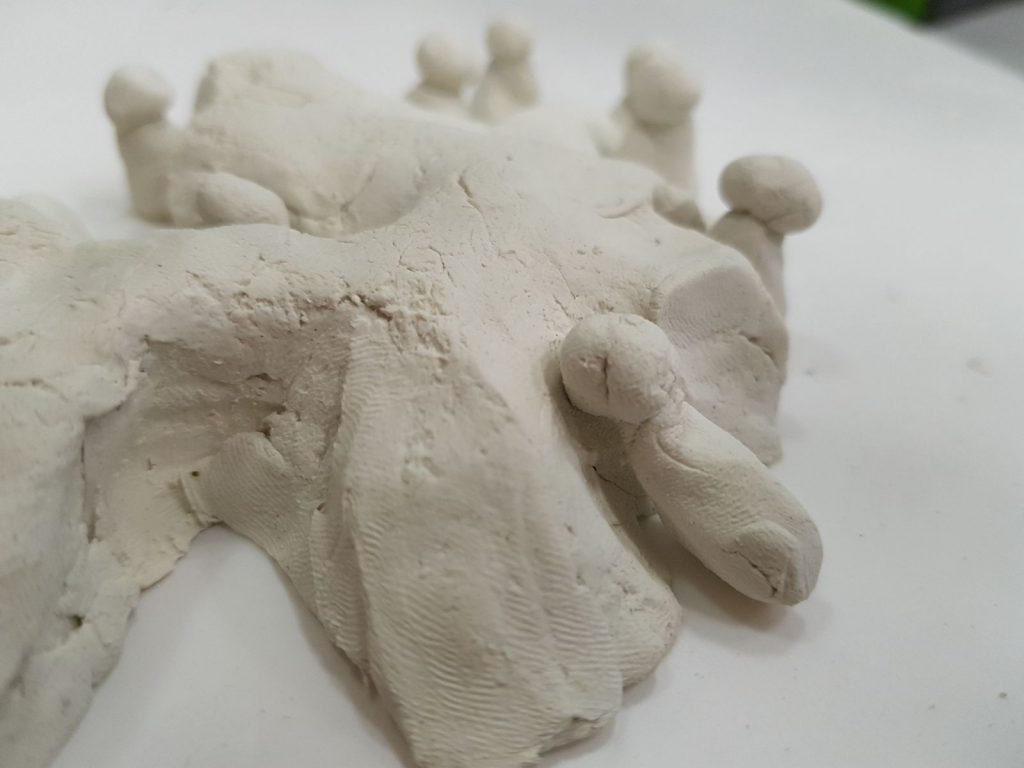
Trying to use the form of the furniture to inform users of how they can best share this space. The idea was to make a huge piece of furniture that can accommodate multiple users creating a vibrant hub, reducing awkwardness of sharing tight spaces.
Observation: We realized that it didn’t achieve our goal of maximizing space and realistically, this scale might not work out. Also taking into consideration the way Asians use shared spaces, this might not work out so well.
Conclusion
We felt that although it was good to be testing all these different outputs and strains of thoughts, we really need to recalibrate and looked through all the developments we’ve gone through and see which ones have the most potential with the given limitations.
Perhaps we have drifted a bit too far from our initial idea of creating spaces of serenity as we explored how we could include the proxemics matrix.
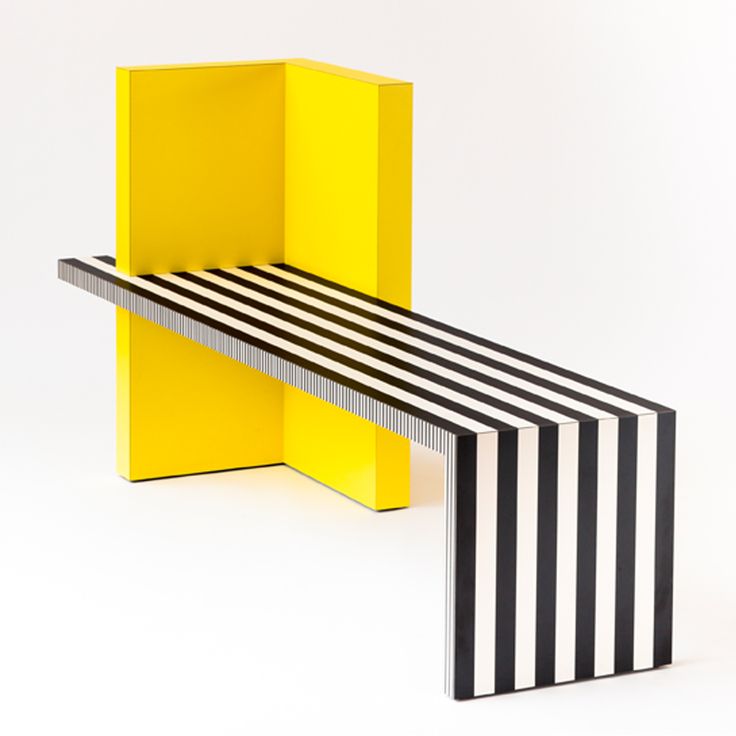
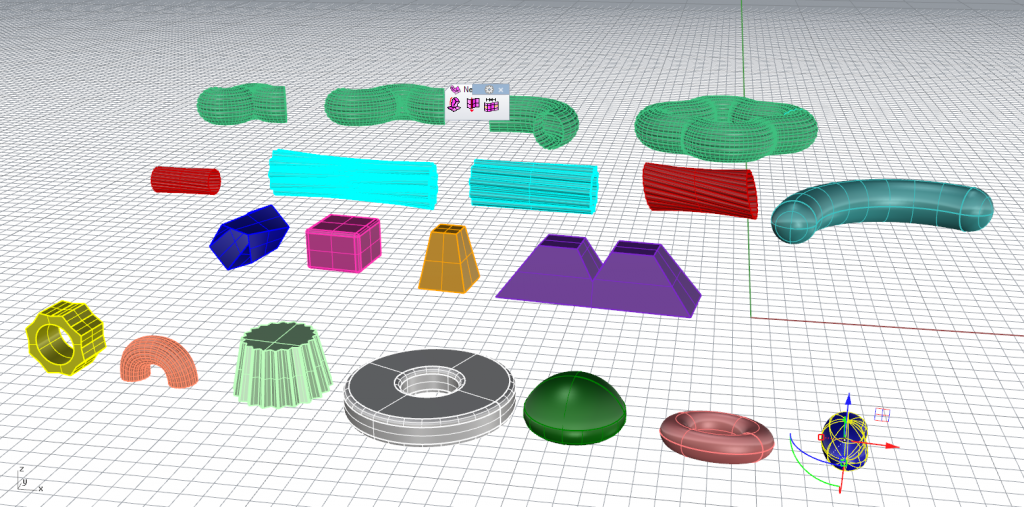
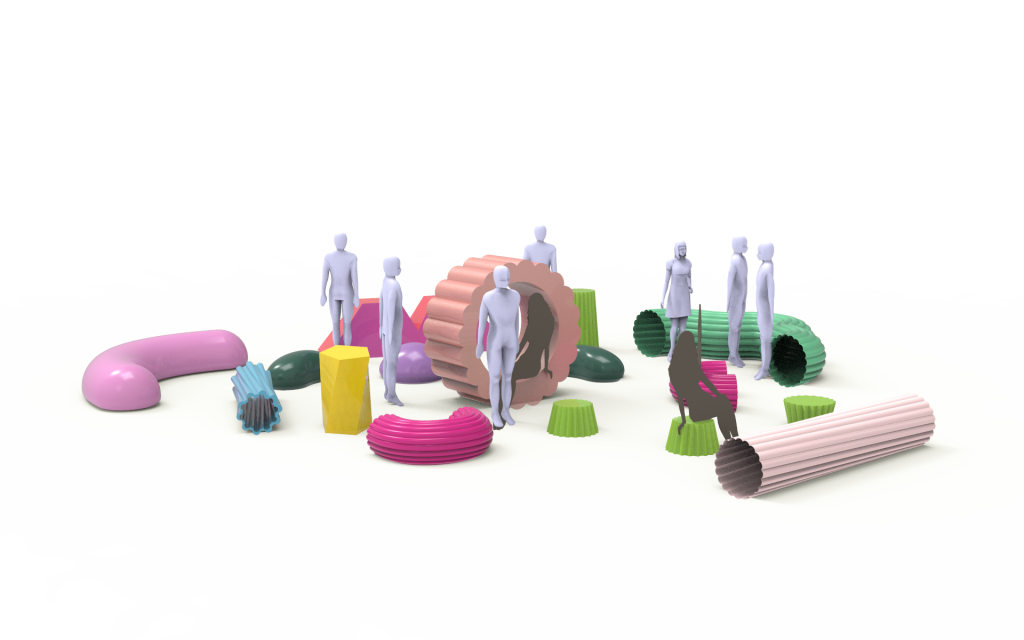
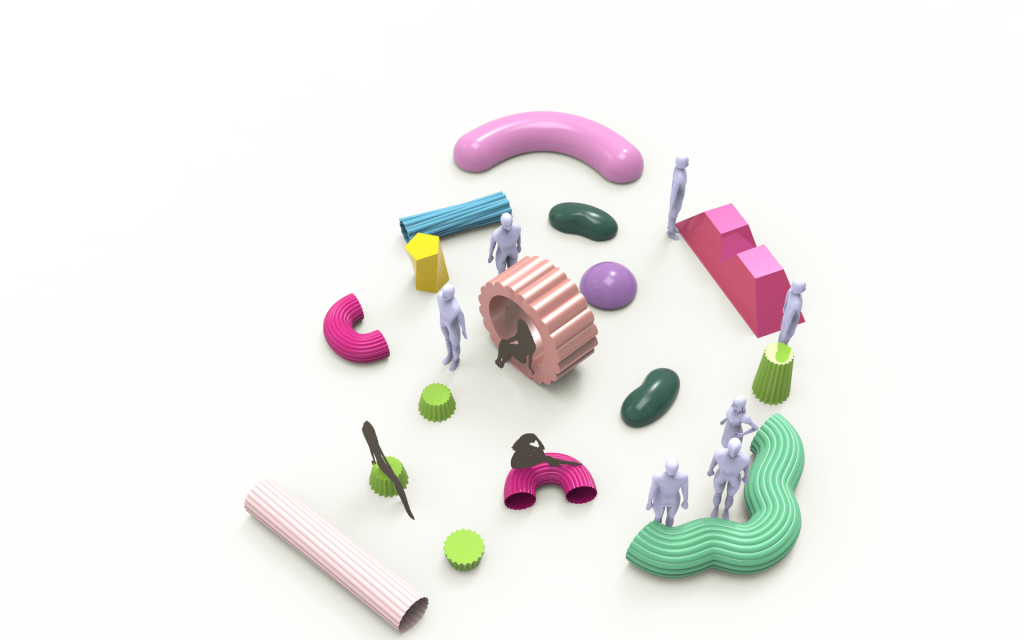
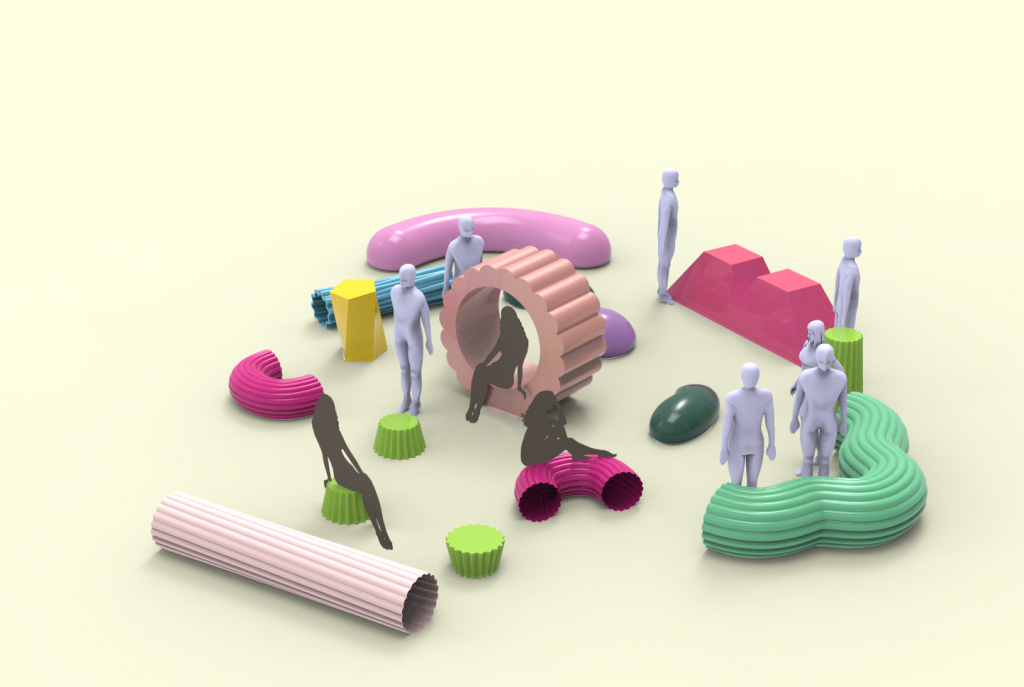 Initial renders of a fun and vibrant public space oozing happy vibes.
Initial renders of a fun and vibrant public space oozing happy vibes.
